- Kei Mouth, Eastern Cape, South Africa
- Home
- Stay
- Play
- Eat
- Events
- Info
- Gallery
- Blog
- Kei Mouth’s 2025 Beer Fest: The Ultimate Round Up
- It’s Got Legs: The Great Kei Marathon 2025
- Motorcycle Museum To Experience New Lease of Life
- Wild Coast Horses Racing to the Line in the Eastern Cape Tourism Awards
- How To Protect Biodiversity On The Wild Coast
- An Introduction to the Wild Coast’s Winter Birds
- Winter Wellness: Recharge Your Body and Soul in Kei Mouth
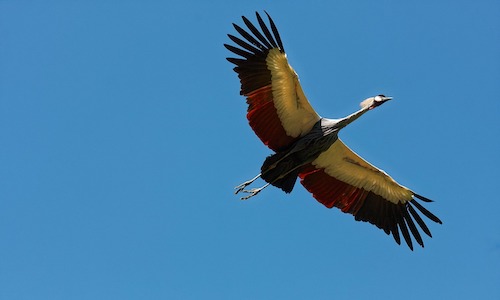
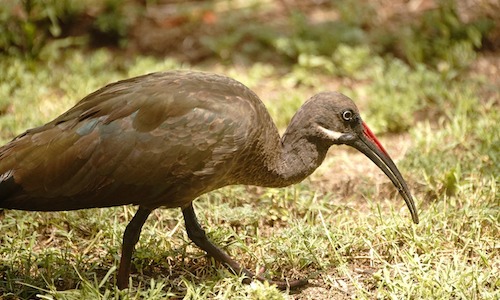

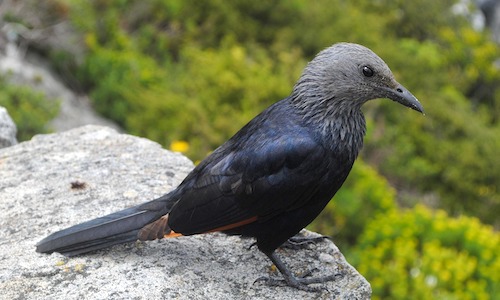
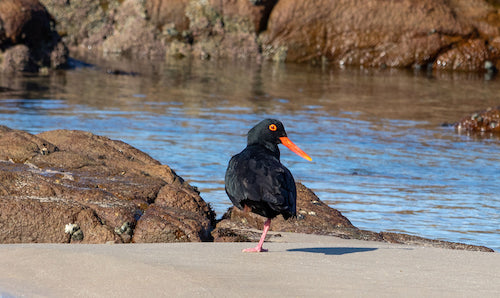
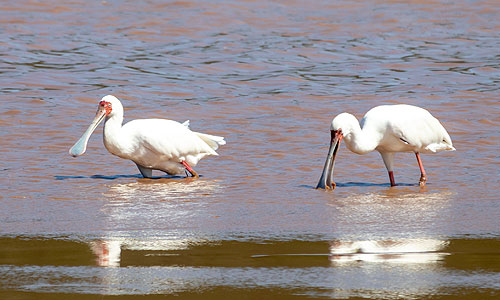
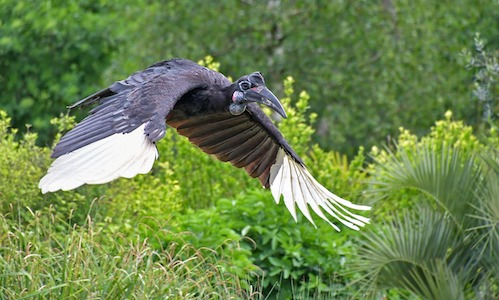
An Introduction to the Wild Coast’s Winter Birds
Kei Mouth enjoys a diverse and varied bird life all year round. While summer visitors bring flashes of colour and bursts of song to the region, their departure gives the residents a chance to shine.
Many species have made this region their permanent home, taking advantage of its diverse habitats and settling in comfortably—whether on beaches, in gardens, under gutters, or within the branches of the coastal forest.
Hammerkops patrol the riverbanks with prehistoric poise, while blacksmith lapwings strut across lawns and grasslands with sharp cries and even sharper tuxedos.
Winter may not be the peak season in the average birder’s calendar, but it offers its own quiet magic. Subtle shifts in light mark the changing season, and the birds that remain—often overlooked in summer’s abundance—begin to reveal their own unique stories.
Many of the species we take for granted are, on closer inspection, full of character. So, as the temperatures drop and the migrants retreat, it’s the perfect time to rediscover the everyday birds and learn what makes each of them so extraordinary.
To help you get started, here are six of the most common birds you’re likely to spot around Kei Mouth. They may be familiar, but each one has its own quirks, calls, and characteristics that make it worth a second look.
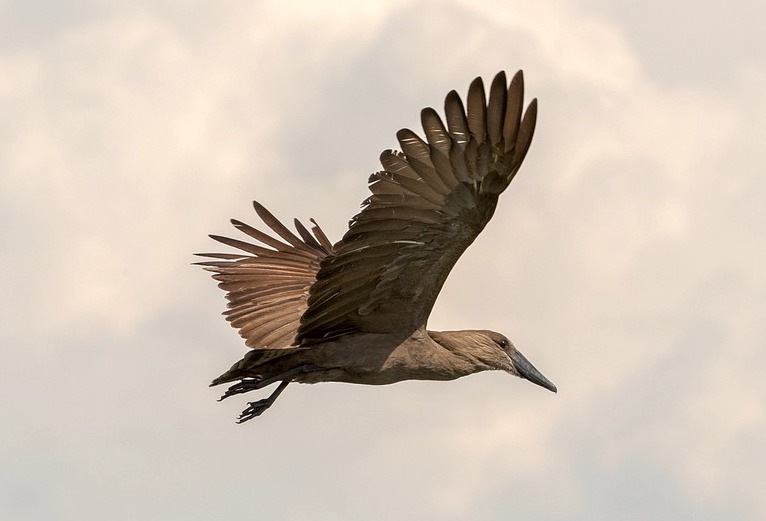
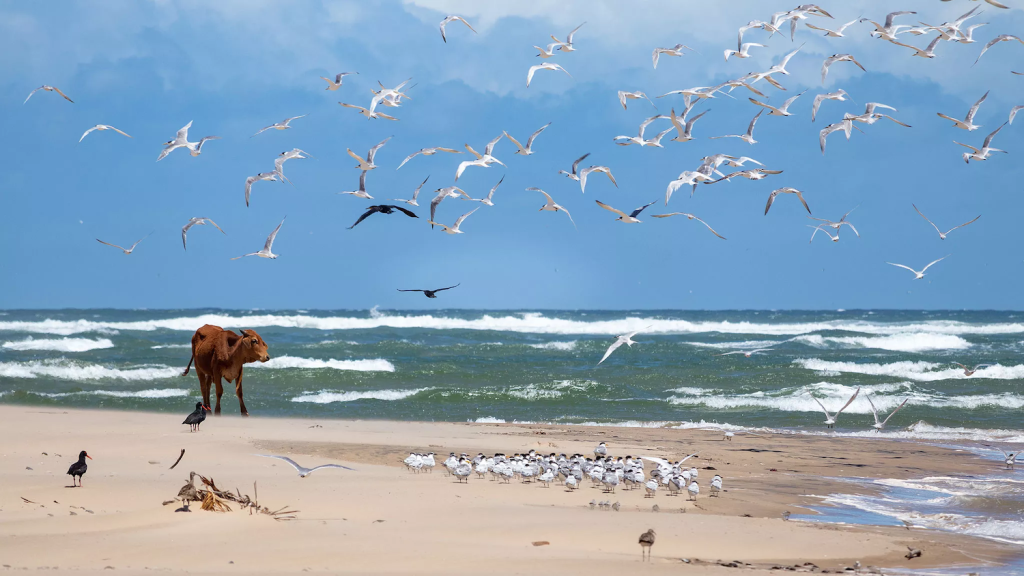
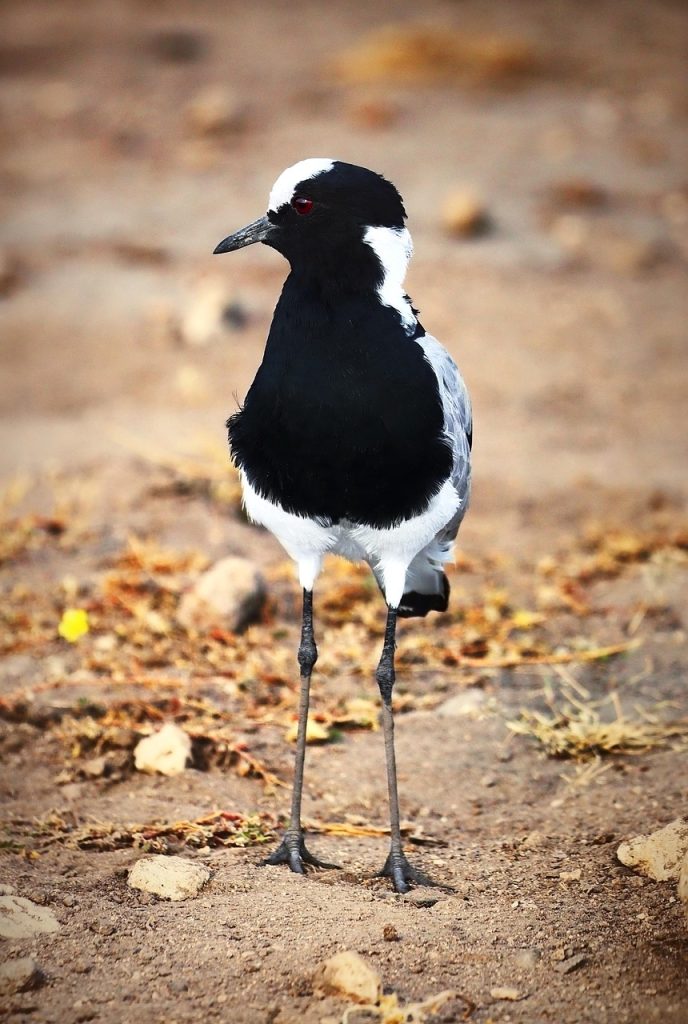
Six Common Birds and Their Unusual Traits
#1 Red-winged Starlings
These unremarkable birds can be spotted almost anywhere. They are opportunistic and versatile, making their homes in gutters, rooftops, cliffs, and rocky outcrops, and feeding on whatever is most abundant—be it nectar, insects, or fruit. You might even spot one landing on the back of a cow or horse in search of ticks and other parasites.
During spring and summer, these monogamous birds stick to their partners like glue, but when the temperatures drop, they gather in huge flocks that take to the air like windblown leaves—swirling, shifting, and settling again in almost perfect unison.
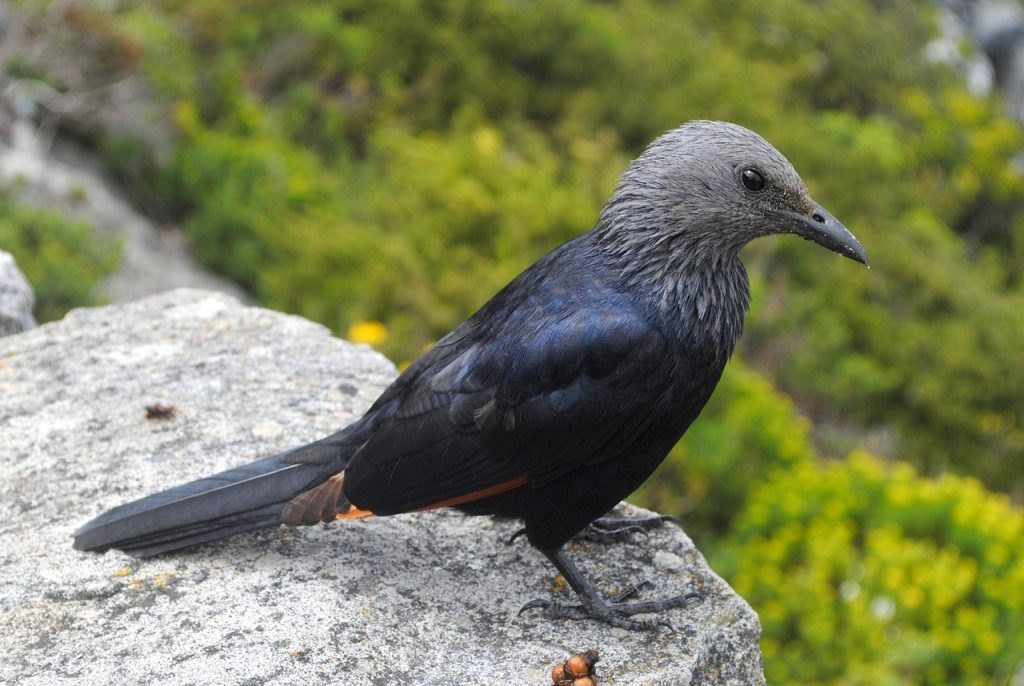
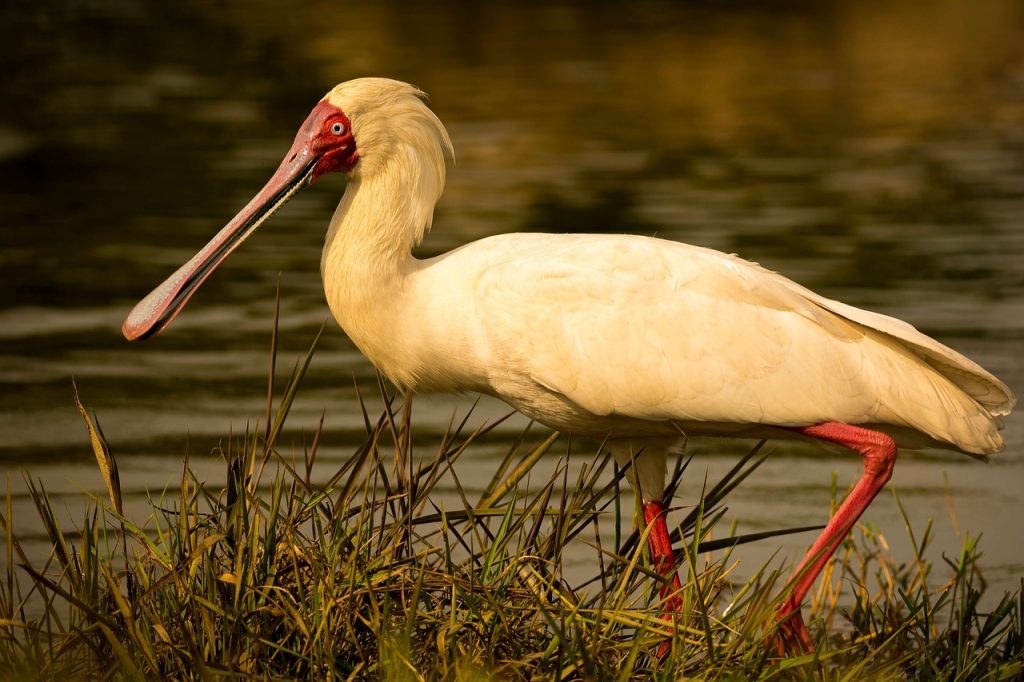
#2 Spoonbills
I’ve long been fascinated by the spoonbill, so seeing them regularly on the banks of the Kei River fills me with delight. Quite why I find these birds so intriguing is hard to say, although their unusual way of feeding probably piqued my interest to start with.
With their spoon-shaped bills, these wading birds move their heads back and forth through the water, using vibration detectors (papillae) on their bills to locate their prey. Even in the murky waters of the Kei River, spoonbills enjoy a healthy diet of small fish, crustaceans, and aquatic insects.
#3 Crowned Cranes
The majestic crowned crane is arguably the most beautiful and eye-catching bird in the region. In the winter months, they occasionally congregate in large groups of 30 or more individuals. Still, more commonly, they are found in small family groups—especially at this time of year, when the previous spring’s hatchlings have yet to reach full maturity.
There are currently three crowned cranes frequenting the paddocks at Wild Coast Horses: the usual pair, plus their most recent chick. Even though it’s not breeding time, they still occasionally perform their courtship dances for one another—perhaps to teach their youngster a few memorable moves for its future romances!
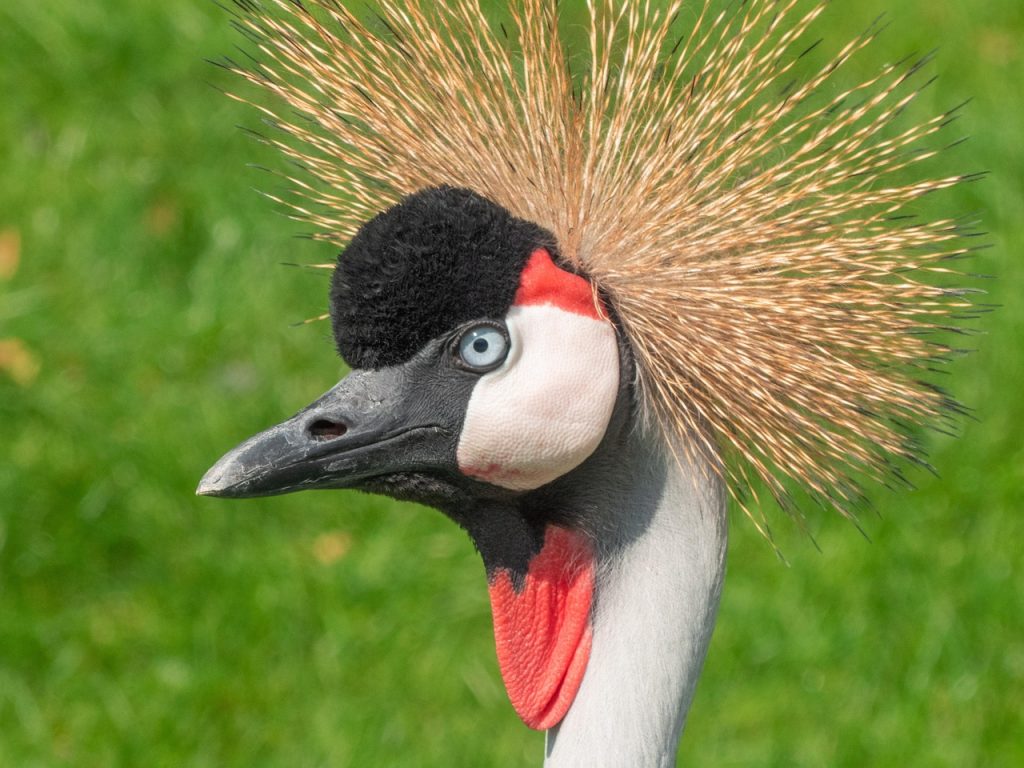
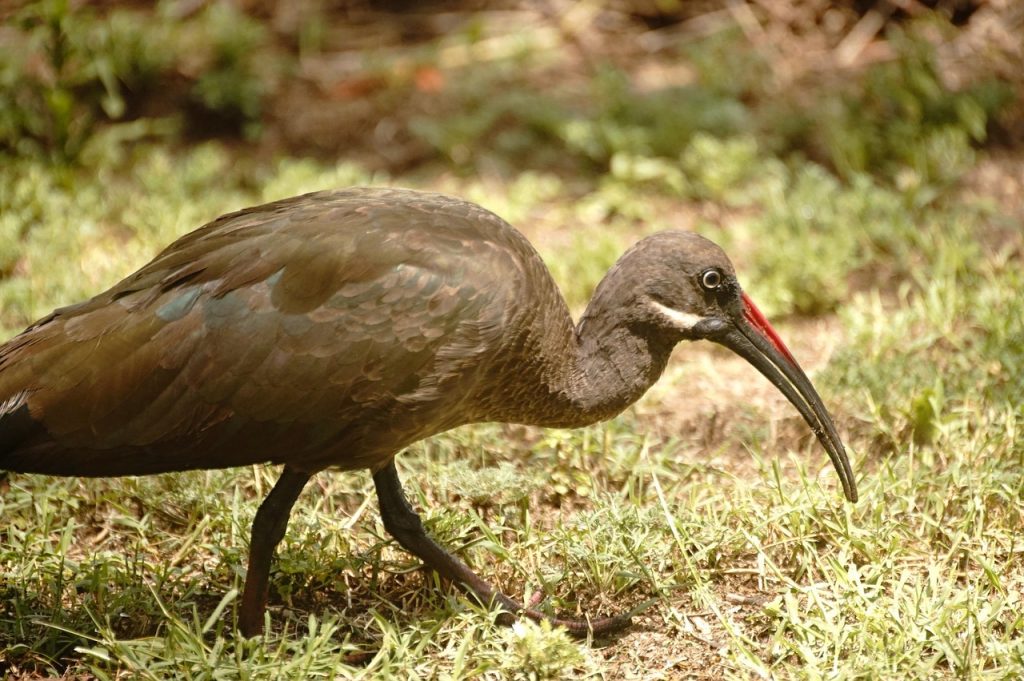
#4 Hadeda Ibis
The hadeda gets a lot of bad press—some of it rightly so. There are few things as unpleasant as being woken at dawn by its ear-splitting squawk. And yet, we’re strangely fond of these awkward birds that strut around our gardens like small feathered dinosaurs!
A little like the spoonbill, the hadeda’s scythe-like bill has a remarkable adaptation that enables it to detect prey vibrations using a special organ at the tip. Even more curiously, scientists believe this “sixth sense” works more effectively in wet soil—contributing to the hadeda’s expanding territory and explaining why they’re so fond of places we regularly water, like golf courses and gardens.
#5 African Oystercatcher
Another bird with a distinctive bill, the African oystercatcher is a familiar sight along our shores—despite its small global population and Near Threatened status. Its vivid red bill stands out against the sand, and its regular presence is a good indication that Kei Mouth’s beach supports a thriving ecosystem.
Despite its name, the oystercatcher is particularly partial to mussels—so much so that scientists believe much of its population recovery since the 1980s is due to the arrival of Mediterranean mussels along the southern African coastline.


#6 Trumpeter Hornbill
The veritable king of the bill, the trumpeter hornbill rivals the hadeda with a call just as loud and unmistakable—often compared to the wail of a crying baby. These fruit-loving birds are anything but subtle, both in sound and behaviour.
Their nesting strategy is particularly curious: the female seals herself inside a hollow tree or rock crevice, leaving only a narrow slit through which the male passes food. While inside, she undergoes a complete moult, using her feathers to line the nest. Without feathers, she is flightless and completely dependent on the male for her own survival, as well as that of her young. Seems a little old-fashioned, doesn’t it?
Everyday Birds, Extraordinary Stories
I’m far from an expert on birds, but I’m endlessly fascinated by them—and I hope a few of these curious facts have sparked your interest too. Whether you’re a seasoned birder or simply someone who enjoys watching feathered visitors flit through the garden, winter in Kei Mouth offers a quieter, more intimate birding experience.
Except, of course, when the sardines arrive!

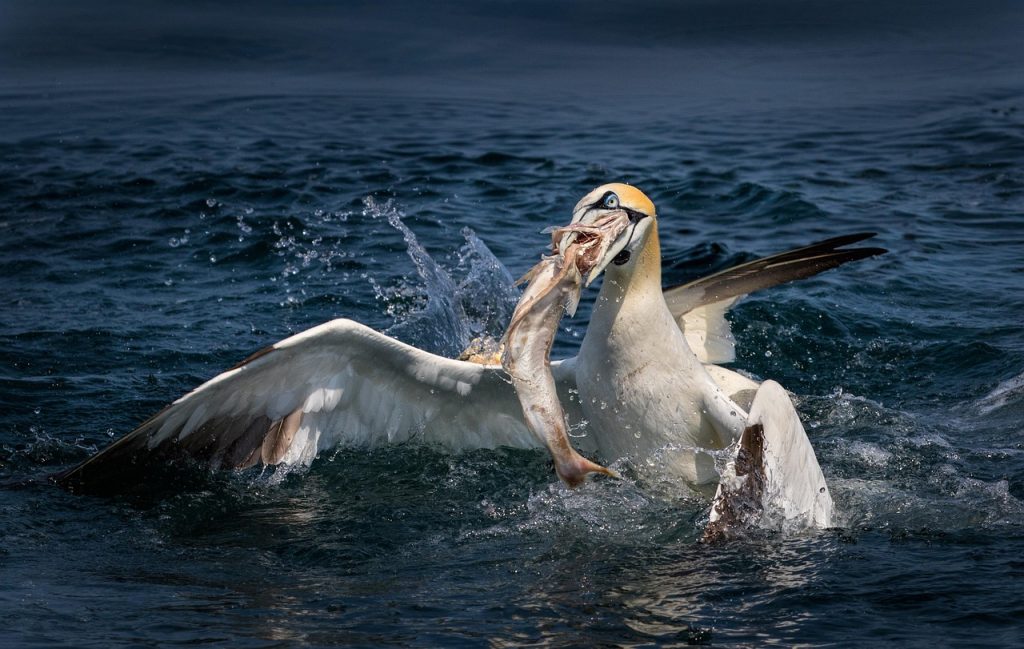
The Greatest Shoal on Earth
Every year, hundreds of millions of sardines migrate along the Wild Coast in a mass migration rivaled only by the movement of wildebeest across the Serengeti. As the sardines follow the nutrient-rich waters northward, so predators, including large groups of Cape Gannets inevitably follow, plunging from the sky in synchronized dives that turn the ocean into a broiling frenzy of action. These birds travel from as far afield as Bird Island in Algoa Bay, drawn by the promise of an easy feast, joining forces with other predators, such as dolphins and sharks to create spectacular feeding frenzy that transforms the coastline.
So why not pack your binoculars, bring a field guide (or just your curiosity), and come see for yourself? Kei Mouth’s birds are waiting—and they’ve got stories to tell.


Comments